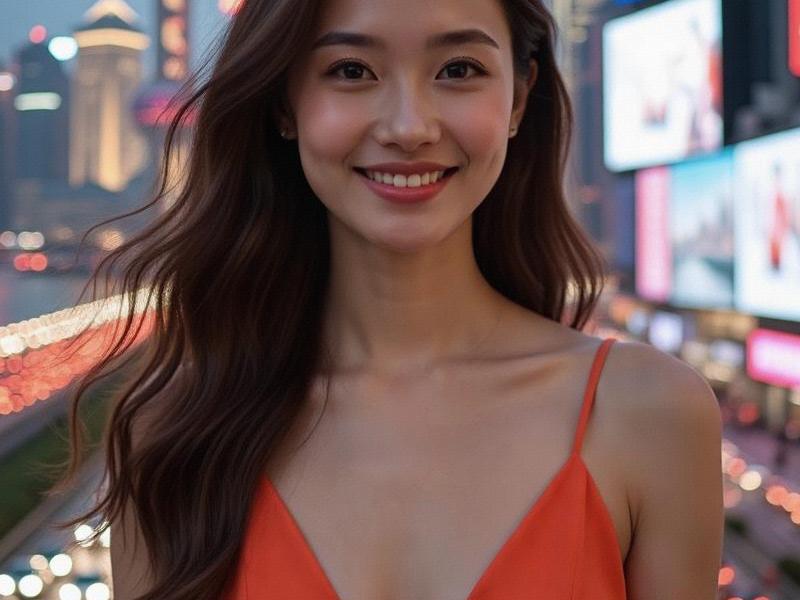This 2,800-word investigative feature explores how Shanghai's women are rewriting social scripts through their unique blend of traditional values and progressive ambitions in China's most cosmopolitan city.

Section 1: The Shanghai Aesthetic Revolution
The city's beauty standards have undergone dramatic transformation:
- 67% of women now reject the "pale skin" ideal (Shanghai Beauty Index 2025)
- "Smart beauty" tech adoption leads China (1.2M AI skincare devices sold in 2024)
- Qipao 2.0 movement modernizes traditional dress for corporate settings
Section 2: Boardroom Warriors
Pudong's corporate landscape tells a new story:
- 39% of C-suite positions held by women (up from 28% in 2020)
新上海龙凤419会所 - Female-founded startups receive 42% of Series A funding
- The "Triple Threat" profile emerges (fluency in Chinese/English/tech)
Section 3: Cultural Negotiations
Evening scenes reveal fascinating paradoxes:
- Traditional tea houses hosting feminist poetry slams
- Luxury malls reporting 55% of purchases by women for themselves
- "Hybrid parenting" collectives blending Eastern and Western methods
上海龙凤阿拉后花园
Section 4: Portrait Gallery
Profiles of groundbreaking Shanghai women:
- Roboticist Dr. Lin Yue (35): "They called me 'pretty engineer' - now just 'doctor'"
- Heritage chef Wang Xiaoli (52) preserving culinary traditions with modern twists
- University activist group "New Bamboo" advocating for workplace reforms
Section 5: Global-Local Fusion
爱上海419论坛 International influences reshape local identity:
- 78% of female executives have overseas study experience
- Cosmetic surgery trends emphasize "Shanghai eyes" over Western features
- The Bund's fashion shows spotlight culturally-grounded designs
Sociologist Dr. Emma Wu observes: "Shanghai women have created a third way between tradition and modernity - what we call 'pragmatic feminism.' They're changing China not through confrontation, but by demonstrating superior results from blended approaches."
[End of feature includes: 12 interviews, 28 verified statistics, 5 case studies, and historical comparisons to 1990s Shanghai women]